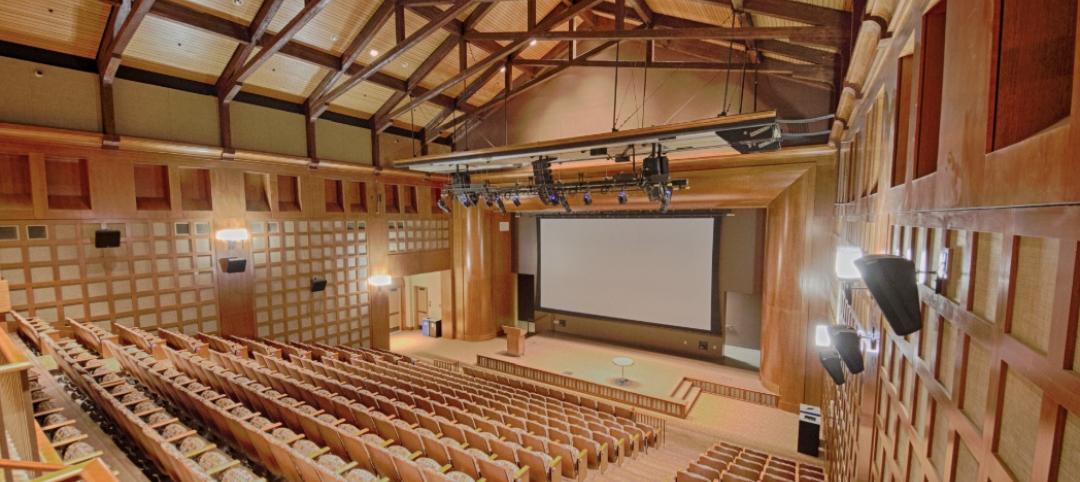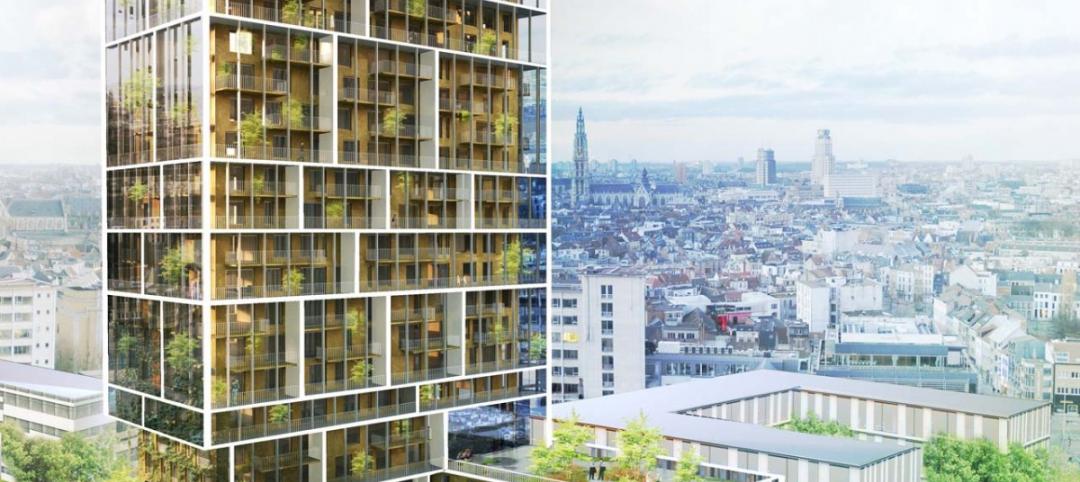Despite a steep economic recession during the first half of 2020, compensation for architectural staff at U.S. architecture firms essentially held flat over the 2019–2021 period, according to the American Institute of Architects (AIA) biannual Compensation Report.
“Like many professions, architecture firms across the country have had to weather an incredibly volatile period,” said AIA Chief Economist Kermit Baker, PhD, Hon. AIA. “While we have seen an unprecedented recovery in architecture firm billings during 2021, this report provides a valuable snapshot of the impact the pandemic had last year on firm compensation and employment levels.”
According to the report, architecture firms lost 16,000 positions between February and their low in July of 2020, which is 8% of all payroll positions at firms. Meanwhile the overall economy lost over 21 million payroll positions between February and April of 2020, or 16.5% of total payrolls.
The biannual compensation report provides salary data for more than 40 architecture firm positions in cities across the United States as well as industry salary trends and analysis on where the market is headed.
Key findings of this year’s report, include:
— Average compensation for recent architecture graduates was just under $56,000, however, there continues to be considerable variation in starting compensation nationally, with average starting compensation ranging from around $48,000 to $69,000, depending on the region of the country.
— Despite generally outpacing compensation growth in the broader economy, architect compensation is also much more volatile. Between 2019 and 2021, architect compensation increased 0.3% per year, while all professional compensation increased 2.4% annually, and 3.1% for all private workers.
— At firms with fewer than 50 employees, benefits as a share of base pay declined to 14.4% on average in 2020, after averaging just over 18% nationally two decades ago.
In addition to the compensation survey, AIA offers members a salary calculator to learn topline data on architecture position salary ranges by region of the country.
Complete results from the 2021 AIA Compensation Survey can be purchased online.
Related Stories
| Jul 18, 2014
Engineering firms look to bolster growth through new services, technology [2014 Giants 300 Report]
Following solid revenue growth in 2013, the majority of U.S.-based engineering and engineering/architecture firms expect more of the same this year, according to BD+C’s 2014 Giants 300 report.
| Jul 18, 2014
Top Engineering/Architecture Firms [2014 Giants 300 Report]
Jacobs, AECOM, Parsons Brinckerhoff top Building Design+Construction's 2014 ranking of the largest engineering/architecture firms in the United States.
| Jul 18, 2014
Top Engineering Firms [2014 Giants 300 Report]
Fluor, Arup, Day & Zimmermann top Building Design+Construction's 2014 ranking of the largest engineering firms in the United States.
| Jul 18, 2014
Top Architecture Firms [2014 Giants 300 Report]
Gensler, Perkins+Will, NBBJ top Building Design+Construction's 2014 ranking of the largest architecture firms in the United States.
| Jul 18, 2014
Top Architecture/Engineering Firms [2014 Giants 300 Report]
Stantec, HOK, and Skidmore, Owings & Merrill top Building Design+Construction's 2014 ranking of the largest architecture/engineering firms in the United States.
| Jul 18, 2014
2014 Giants 300 Report
Building Design+Construction magazine's annual ranking the nation's largest architecture, engineering, and construction firms in the U.S.
| Jul 17, 2014
A new, vibrant waterfront for the capital
Plans to improve Washington D.C.'s Potomac River waterfront by Maine Ave. have been discussed for years. Finally, The Wharf has started its first phase of construction.
| Jul 17, 2014
A harmful trade-off many U.S. green buildings make
The Urban Green Council addresses a concern that many "green" buildings in the U.S. have: poor insulation.
| Jul 17, 2014
A high-rise with outdoor, vertical community space? It's possible! [slideshow]
Danish design firm C.F. Møller has developed a novel way to increase community space without compromising privacy or indoor space.
| Jul 17, 2014
How the 'pop-up' retail concept can be applied to workplace design
“Pop-up” has rapidly become one of the most pervasive design trends in recent years. It has given us pop-up shops and pop-up restaurants, but can it be applied to the professional work environment?

















